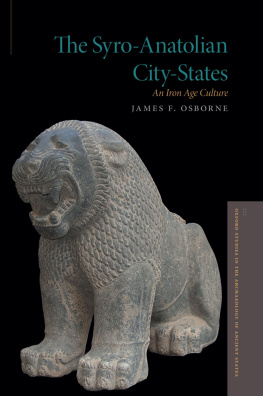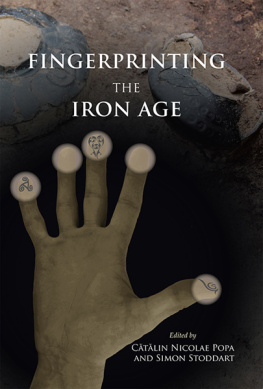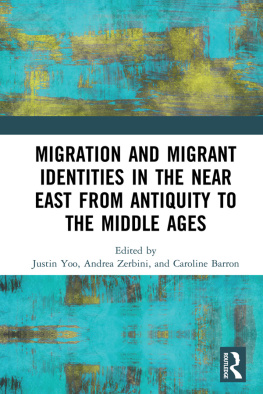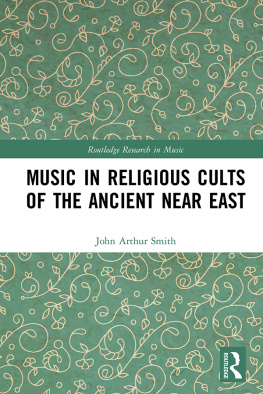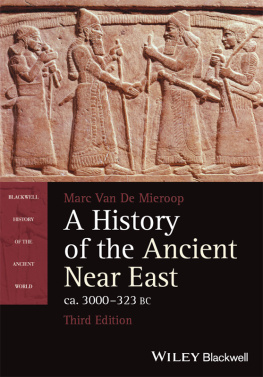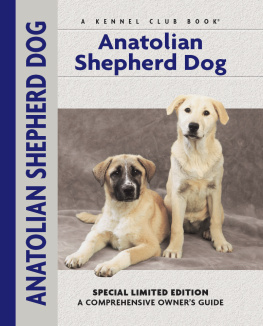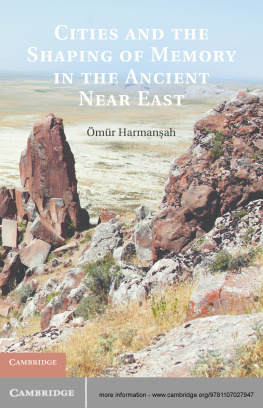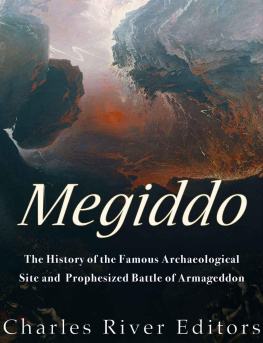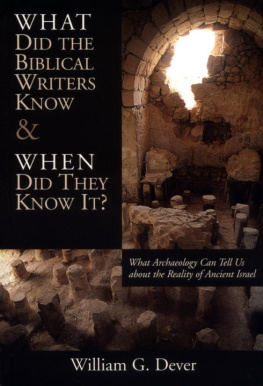The Syro-Anatolian City-States
OXFORD STUDIES IN THE ARCHAEOLOGY OF ANCIENT STATES
Series Editors
Friederike Fless, Li Liu, Deborah L. Nichols, and D. T. Potts
The Origins of Ancient Vietnam
NAM KIM
Urbanization and Religion in Ancient Central Mexico
DAVID M. CARBALLO
The Ancient Highlands of Southwest China: From the Bronze Age to the Han Empire
ALICE YAO
The Syro-Anatolian City-States: An Iron Age Culture
JAMES F. OSBORNE

Oxford University Press is a department of the University of Oxford. It furthers the Universitys objective of excellence in research, scholarship, and education by publishing worldwide. Oxford is a registered trade mark of Oxford University Press in the UK and certain other countries.
Published in the United States of America by Oxford University Press
198 Madison Avenue, New York, NY 10016, United States of America.
Oxford University Press 2021
All rights reserved. No part of this publication may be reproduced, stored in a retrieval system, or transmitted, in any form or by any means, without the prior permission in writing of Oxford University Press, or as expressly permitted by law, by license, or under terms agreed with the appropriate reproduction rights organization. Inquiries concerning reproduction outside the scope of the above should be sent to the Rights Department, Oxford University Press, at the address above.
You must not circulate this work in any other form and you must impose this same condition on any acquirer.
Library of Congress Cataloging-in-Publication Data
Names: Osborne, James F. (Archaeologist), author.
Title: The Syro-Anatolian city-states : an Iron age culture /
James F. Osborne.
Other titles: Syro-Anatolian culture complex
Description: New York : Oxford University Press, [2021] |
Series: Oxford studies in the archaeology of ancient states |
Includes bibliographical references and index.
Identifiers: LCCN 2020025845 (print) | LCCN 2020025846 (ebook) |
ISBN 9780199315833 (hardback) | ISBN 9780197545782 (epub)
Subjects: LCSH: SyriaAntiquities. | TurkeyAntiquities. |
Iron ageSyria. | Iron ageTurkey. | SyriaHistoryTo 333 B.C. |
TurkeyHistoryTo 1453. | Mediterranean RegionAntiquities.
Classification: LCC DS94.5 .O83 2021 (print) | LCC DS94.5 (ebook) |
DDC 939.4/202dc23
LC record available at https://lccn.loc.gov/2020025845
LC ebook record available at https://lccn.loc.gov/2020025846
For my mother, Grace
CONTENTS
this book on what i like to call the Syro-Anatolian Culture Complex has its origins in a graduate seminar co-taught by Peter Machinist and the late Lawrence Stager, my doctoral advisor, in Harvard Universitys Department of Near Eastern Languages and Civilizations. The subject was the history and archaeology of the Aramaeans, which inevitably led to discussions of a host of issues, including the confusing appearance of non-Aramaic inscriptions in ostensibly Aramaean cities, the influence of the Neo-Assyrian Empire on Syro-Anatolian culture, and a host of other themes that are addressed here. My interest in the Iron Age of southeast Anatolia and northern Syria and its diverse populations was piqued and led me to do my doctoral dissertation based on fieldwork at the site of Tell Tayinat, ancient Kunulua. That research, and the publications that came out of it, convinced me that scholarship on this time and place would profit from a more synthetic treatment that characterizes the Syro-Anatolian world in broad strokes and offers a model to explain its diverse properties. This book attempts to be such a treatment.
In the process of writing this book, I have been the extremely fortunate recipient of help, encouragement, and financial support from a true host of people and institutions. The ideas presented here were germinating during the several years I spent as a postdoctoral fellow, first at SUNY Buffalos Institute for European and Mediterranean Archaeology, directed by Peter Biehl; then as a Mellon Postdoctoral Fellow in the Humanities at Johns Hopkins University under Gabrielle Spiegel, and hosted by the Near Eastern Studies Department then chaired by Glenn Swartz; and finally at Brown Universitys Joukowsky Institute for Archaeology and the Ancient World, then directed by Susan Alcock. I could not have asked for better places to sojourn as a junior scholar.
It has been a true pleasure to have been at the University of Chicagos Oriental Institute (OI) and Department of Near Eastern Languages and Civilizations since 2015. I am deeply grateful to OI directors Gil Stein and Christopher Woods for their constant support and interest in my work, as well as welcoming me to the extraordinary intellectual community of the OI. While I have benefited tremendously from discussions with all of my colleagues, I am particularly grateful to Petra Goedegebuure, Theo van den Hout, and David Schloen for their willingness to talk about the Syro-Anatolian world. The same applies to my colleague, friend, and fellow Iron Age aficionado Catherine Kearns in the Department of Classics.
Although this book is not based directly on the results of a single excavation project, the site of Tell Tayinat features prominently in its pages thanks to my participation in the Tayinat Archaeological Project from 2005 to 2016. I will forever be grateful to TAP director Timothy Harrison for his encouragement of my studies as an undergraduate at the University of Toronto and for the generous freedom he provided for my research at Tayinat while I was a graduate student and postdoc. I am an archaeologist today thanks to him more than any other person. includes results generated by fieldwork I have begun only recently, the Trkmen-Karahyk Intensive Survey Project, and I am extremely thankful to the co-directors of the Konya Regional Archaeological Survey Project, Michele Massa and Christoph Bachhuber, for inviting me to join their team and conduct this work under their survey permit.
The bulk of the manuscript for this volume was written while I was a fellow at the University of Chicagos Franke Institute for the Humanities, whose financial support not only permitted an entire year of research leave, but whose weekly gatherings provided a robust forum of intellectual exchange and critique with scholars across the Humanities Division. I thank the institutes interim director Franoise Meltzer for facilitating my most productive period of writing. Tony Lauricella, interim director of the OIs Center for Ancient Middle Eastern Landscapes, supervised helpfully a team that digitized a number of archaeological surveys discussed in . At Oxford University Press I have been blessed by the patience of my editor Stefan Vranka and by the entire OUP team who continued shepherding the manuscript through to production despite the upheavals of the 2020 pandemic. Two peer reviewers provided enormously helpful feedback that benefited the manuscript greatly. In addition to their efforts, I thank those who volunteered their own time to read parts of the book as a personal favor, including Lorenzo dAlfonso, Marian Feldman, Carolina Lpez-Ruiz, Mirko Novk, and Mark Weeden. Kathryn Morgan deserves special thanks for reading through an entire draft. I am indebted to all of these friends and colleagues.
None of this would have been possible at all were it not for the unwavering support of my family. My mother and father, Grace and Ron, have always done everything in their power to help me reach this point. My daughters Lucy and Anne have been a constant source of joy. And I will be eternally grateful for the love and counsel of my wife Jen, and for the sacrifices she has made on my behalf.

